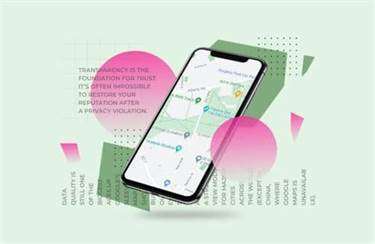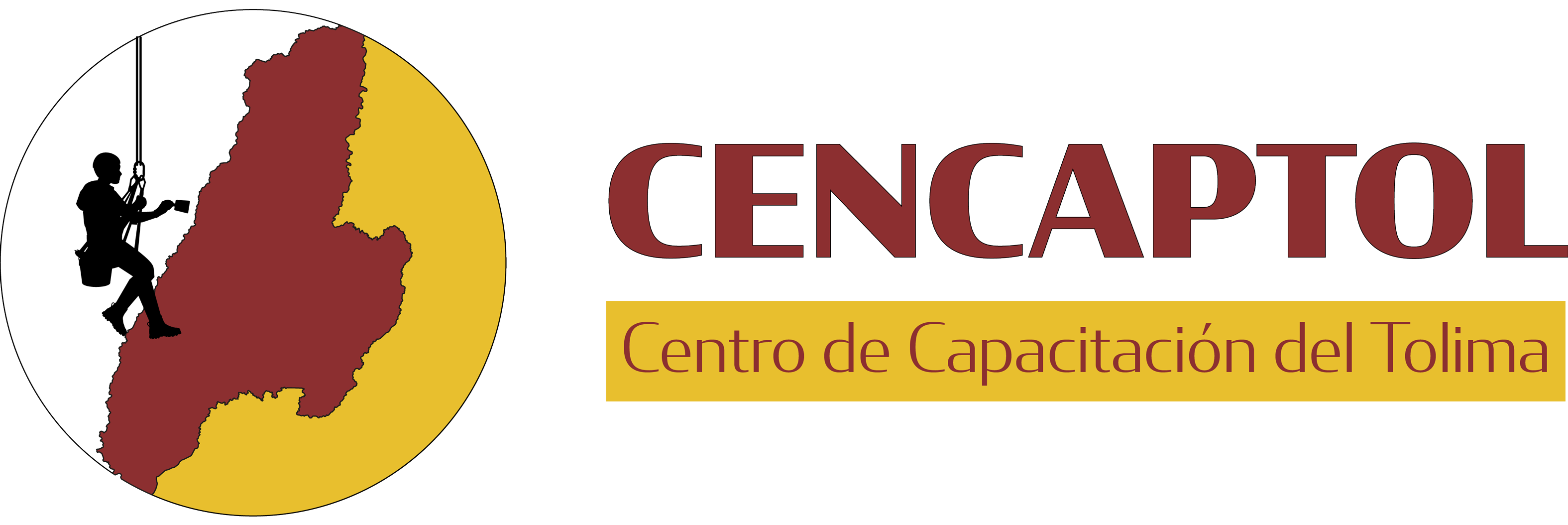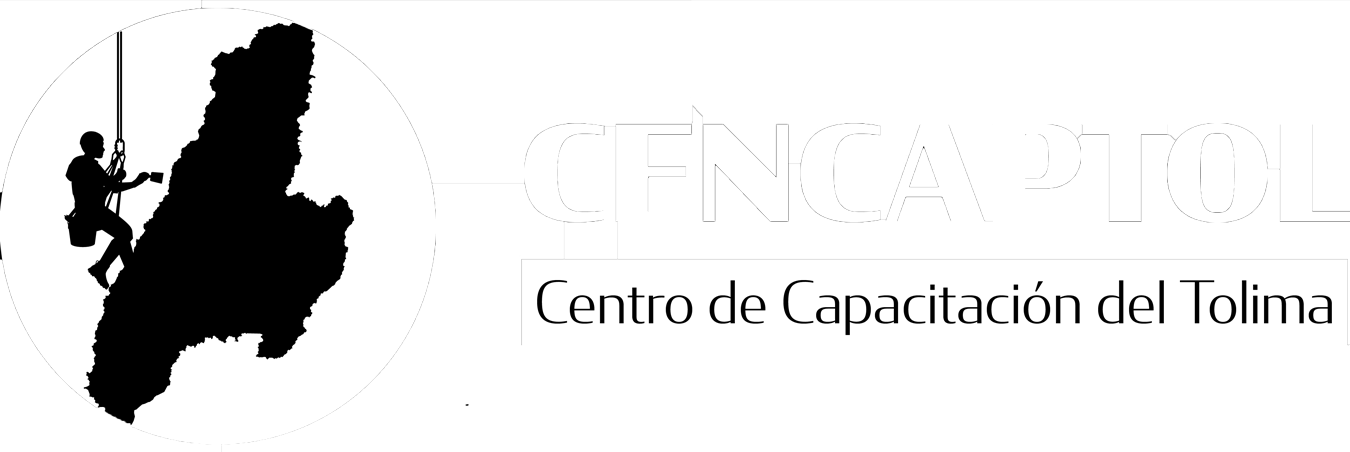Content
HR portals with a recognition wall allow managers or co-workers to recognize team members in a company-wide forum. If you don’t have an HR portal, start a Slack or Microsoft Teams channel for peer-to-peer shoutouts. Remember, an appreciation program doesn’t need to be complicated to be powerful. Developing a leadership style as a manager will yield great success with your team and reduce your chances of becoming a toxic manager.

Train your supervisors on performance management and give them the tools to make it easier. Although you can get a lot from video calls, they don’t tell the whole story. Make sure your team feels empowered to give you honest answers. If you see team members sending Slack messages at odd hours for their time zones, check on them. Suddenly, team meetings, one-on-ones, collaboration, and good old-fashioned team-building becomes a lot more complicated.
Make sure they make sense for roles that are now physically distant from co-workers and supervisors. Be as clear as possible to avoid misunderstandings that might be easy to spot in-office but undermine good working relationships in aremote workenvironment. Follow these tips, and you won’t just be the best remote manager your employees have worked for. You’ll become the best manager they have ever had — period. Connect with all reports, not just the ones you have the most in common with.
All team members need to participate in creating documentation. Reserve face-to-face interactions for building relationships and let documentation do the heavy lifting. Use these check-ins to ask about your employees’ goals, see where they are on key projects, and take a temp check on their wellbeing.
Delegate The Work, Not The Documentation
Follow our four-part series to learn how to engage your remote workers to boost their performance. Discover our resources on everything people development, leadership, talent & transformation. Health insurance, retirement matching, wellness programs, tuition reimbursement and other benefits are a major investment for employers. A thoughtfully-designed virtual open enrollment process helps ensure your employees can use these benefits to improve their lives. Maintaining security protocols is vital whether or not you have remote employees, though remote working certainly adds additional risk and complexity. Small businesses have never been more vulnerable to a data breach.

Some do their best work in the middle of the night, while others keep strict office hours. Individualization helps remote workers “feel cared for as a person,” which is a fundamental element of engagement. Performance management for remote workers is key in tracking their progress because it ensures transparency and accountability. Your employees should give you their work schedule, the tasks they are expected to complete with a given timeframe. Not only will it calm your fears, but it will give your team a specific structure which they will need to fulfill their roles.
Start An Employee Recognition Program
True, there’s never any sense in pairing a worker with a bad manager. But managing remote workers effectively requires https://globalcloudteam.com/ an approach recalibrated to fit the worker. Leaders need to keep that in mind as they select their managers.
- It might not be easy at first, but you can ensure that team members regularly communicate with practice and encouragement.
- All too commonly, they will also end up calling to be sure that the request was received, potentially causing multiple interruptions.
- This is the first strategy because it is the greatest challenge for a dispersed team.
- To effectively lead a remote team, managers need to cut their employees some slack and adopt ways to hold them accountable.
- In times of crisis and disruptions, employees’ urge to be recognized increases by about 30%, according to Kropp.
- Follow our four-part series to learn how to engage your remote workers to boost their performance.
This can be difficult at first as you navigate virtual and distance communication. But there are ways to make the experience more personal, engaging, and productive for everyone. In this article, we’ll cover tips and best practices for building and managing a collaborative, productive, and engaged remote team.
Needs to review the security of your connection before proceeding. Get the insights you need to create an exceptional workplace. Currently, 43% of all U.S. employees work off-site at least part of the time, according to Gallup’s State of the American Workplace report. News & IndicatorsGallup News Get our latest insights on the topics that matter most to leaders around the world. Learning Discover courses and other experiences that bring out what’s best in you, the people around you and your entire organization.
Digital messages can go unnoticed, and lacking access to information can hinder progress and frustrate teammates. In remote culture, interpersonal interactions are easily lost because digital replies lack that connection between coworkers. Also, communication breakdown can cause some workers to lack access to information, which may interfere with work.
Build Connection Through Remote Meetings
A good example that organization leaders can use to track performance is software to track the progress of all individuals. Performance management is among the tools used by employers to identify the challenges and concerns their workers are going through. Successful leaders know that remote teams need extra effort, such as communication, to encourage social interactions. Unlike casual workplaces where collegiality and teamwork are a norm, managers should have a way to include everyone in team activities for remote teams. It might not be easy at first, but you can ensure that team members regularly communicate with practice and encouragement.
An example of fostering social interactions is at the beginning of team calls to call for non-work items such as virtual parties, which help with social interactions. This enhances diversity management because every worker feels included and a part Managing Remote Teams of the team. To ensure that your workers are effective and efficient, they need a remote training program. CoachHub is a company that offers entire courses or co-development services to help workers grasp the best practices of working remotely.
Onboarding is crucial for setting up your new hires for success. This is especially true of remote workers who don’t have the same opportunities to naturally integrate into your company culture as in-house employees do. Currently, just 44% of employees say their workplace offers flextime.

Remote work is fraught with loneliness because there is a lack of informal social interaction among the workers. When an employee is isolated for a long time, they will feel they are less wanted and can cause them to leave the company. Remote team management is a term that has increasingly become popular after the dawn of the global pandemic that appeared in March 2020. It can be defined as managing team members who are physically distant from their colleagues and managers. Thanks to teleworking that allowed 40% of companies to remain open and continue their operations during the lockdown. For more than a month, its work team went into full remote control.
Revisit Job Roles And Processes
Since they are not continuously monitoring remote employees, they have more time to focus on productivity, resulting in success. To achieve this, they need to become familiar with telecommuting best practices, which is a concept linked to companies’ digital transformation. Some remote workers feel isolated by working alone, while others feel liberated. Some love 24/7 access to work; others need to have a real boundary between office and home.

Some workers may wish to continue daily check-ins, even if things are going well. Sometimes it can be hard to remember there are people behind a screen. Taking time to connect with your team will help your people feel seen, valued, and understood. This will not only improve the employee experience, but build and reinforce a positive remote company culture. At CoachHub, we provide a professional coaching solution and among our many programs is remote management. Our coaches are certified, and we use a 100% online action plan to motivate remote teams.
Hire For Shared Values Over Experience
Seek professional help if you don’t have in-house security expertise. This is the first strategy because it is the greatest challenge for a dispersed team. Thus, the majority of these strategies focus on specific ways to improve engagement, though we also discuss some important operational and compliance issues. You hired your team members to do great work, so give them what they need to do and let them do it.
Watch our Managing Your Remote Workers webinar to hear what our experts have to say about the importance of communication in engaging remote employees. Read more on how managers can improve teamwork in the workplace. Simplify and streamline timekeeping with online tools for capturing working hours. All you need is a web browser to access the time and attendance system.
Improve Remote Onboarding
Regular check-ins can give you important insight into your employees’ performance, workloads, stress levels, and general wellbeing. And you’ll want to communicate more often than you might think. This can be for formal one-on-ones or informal chats to touch base and see how things are going.
And remote workers are, on average, less likely to burn out and in many ways more engageable than in-house workers. To ensure that your team is on the same page, encourage them to video call or use any technological means to have professional interactions. Also, online group interactions go a long way in fostering collegiality within your remote employees. To get started, here are 9 practical tips to help business leaders manage their remote employees.
Employees can punch in with any web-enabled device and supervisors can monitor timecards on their cell phone or tablet. Time and attendance software with GPS adds an extra layer of timesheet oversight. Because many organisations have a mix of remote and onsite workers, or have employees that work a hybrid schedulethese practices apply to those models as well. If a report needs to improve in an area, don’t just tell them to get better. Instead, empower them with the resources they need to make the necessary changes. Create the documentation to ensure that they are clear on what to do and how to do it.

